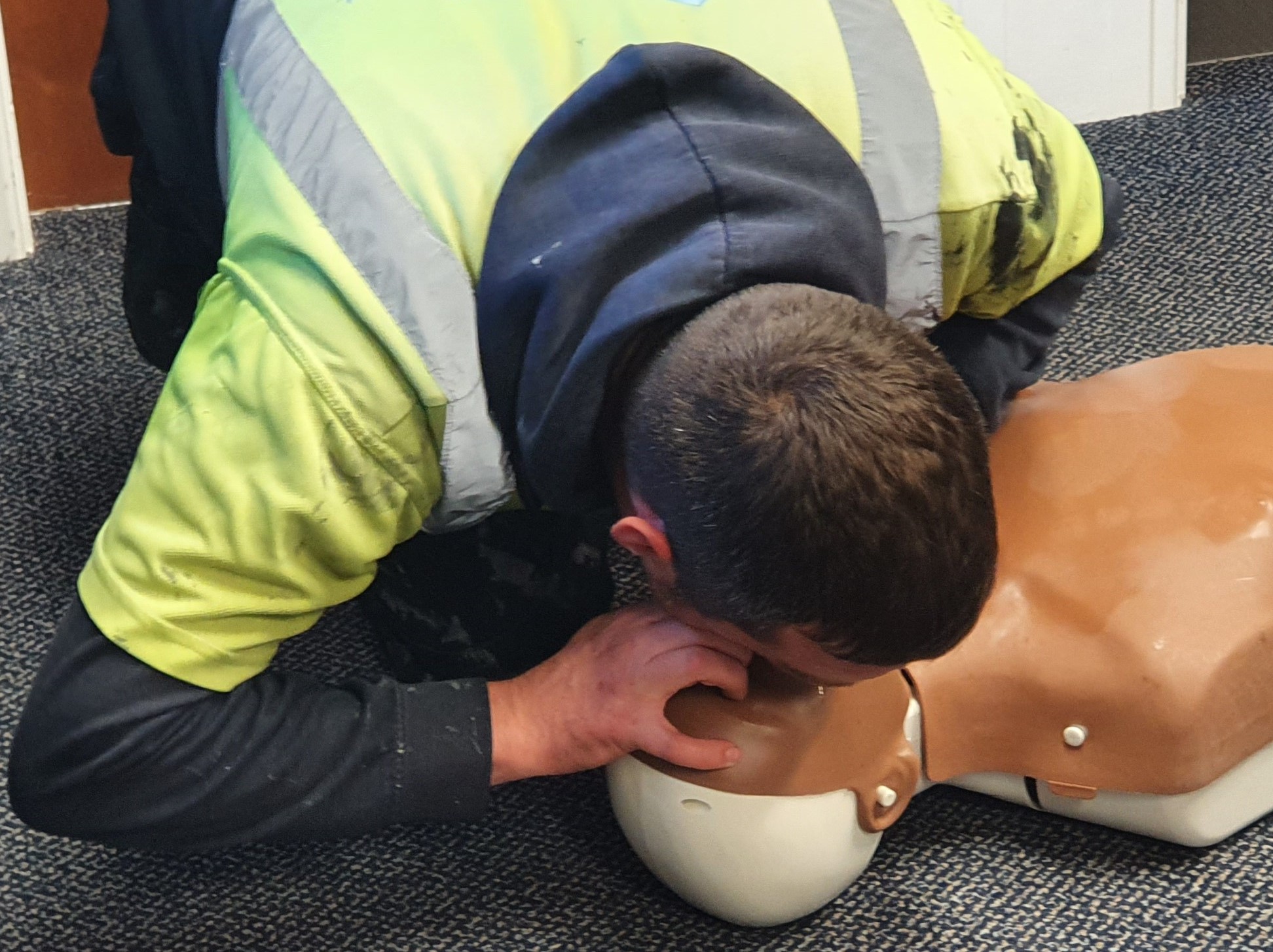The Truth Behind Cough CPR: Why Traditional CPR Matters More
Amidst the bustle of daily life, the importance of CPR (Cardiopulmonary Resuscitation) cannot be overstated. It’s a vital skill that can truly make the difference between life and death in emergencies. However, there’s a myth circulating around called “Cough CPR,” claiming it’s an effective alternative. Let’s delve into why this misconception needs to be debunked and why traditional CPR remains paramount.
Understanding Cough CPR: The Myth Unveiled
Cough CPR is purported to be a technique where a person experiencing a heart attack or cardiac arrest can help themselves by coughing forcefully and repetitively. The idea suggests that this action might maintain enough blood flow to the brain until professional help arrives. However, this method is highly controversial and potentially dangerous.
The Flaws in Cough CPR
- Lack of Efficacy: Medical experts widely agree that cough CPR is not an appropriate response during a cardiac event. In reality, coughing does not generate sufficient pressure to maintain circulation or stave off a heart attack’s effects.
- Risk of Delay: Relying on cough CPR may lead to dangerous delays in seeking proper medical assistance. In a critical situation, every second counts. Opting for ineffective techniques like cough CPR might waste precious time that could be spent initiating proper CPR or contacting emergency services.
- Promotion of Misinformation: The spread of the cough CPR myth can have dire consequences. It may give individuals a false sense of security, leading them to believe they have a viable solution in emergencies when, in fact, they do not.
The Crucial Role of Traditional CPR
In contrast to the fallacies surrounding cough CPR, traditional CPR stands as a tried-and-tested method endorsed by medical professionals worldwide. Here’s why it remains the gold standard:
Effective Blood Circulation: Proper CPR involves chest compressions that mimic the heart’s pumping action, helping to maintain blood circulation to vital organs, including the brain.
Professional Training: Learning CPR through certified training programmes ensures individuals possess the knowledge and skills to respond effectively in emergencies. This includes recognising the signs of cardiac distress, administering chest compressions, and providing rescue breaths when necessary.
Immediate Action: Traditional CPR emphasises the importance of swift action. Initiating CPR at the first sign of cardiac arrest significantly improves the chances of survival.
Empowering People : Promoting CPR Awareness
Given the significance of CPR in saving lives, it’s crucial to promote awareness and education within every community. This includes:
Training Initiatives: Encouraging individuals to undergo CPR training courses offered by local healthcare or first aid training providers.
Public Awareness Campaigns: Utilising various platforms to debunk myths like cough CPR and emphasise the importance of traditional CPR techniques.
Collaboration with First Responders: Working closely with emergency services to ensure widespread access to CPR training and resources.
Conclusion
Where every heartbeat matters, separating fact from fiction is essential when it comes to life-saving techniques. While cough CPR may seem like a quick fix, its ineffectiveness could prove fatal. Instead, let’s champion traditional CPR, a reliable method backed by science and endorsed by medical experts. By arming ourselves with the right knowledge and skills, we can become empowered agents of change, ready to make a difference when it counts the most.


